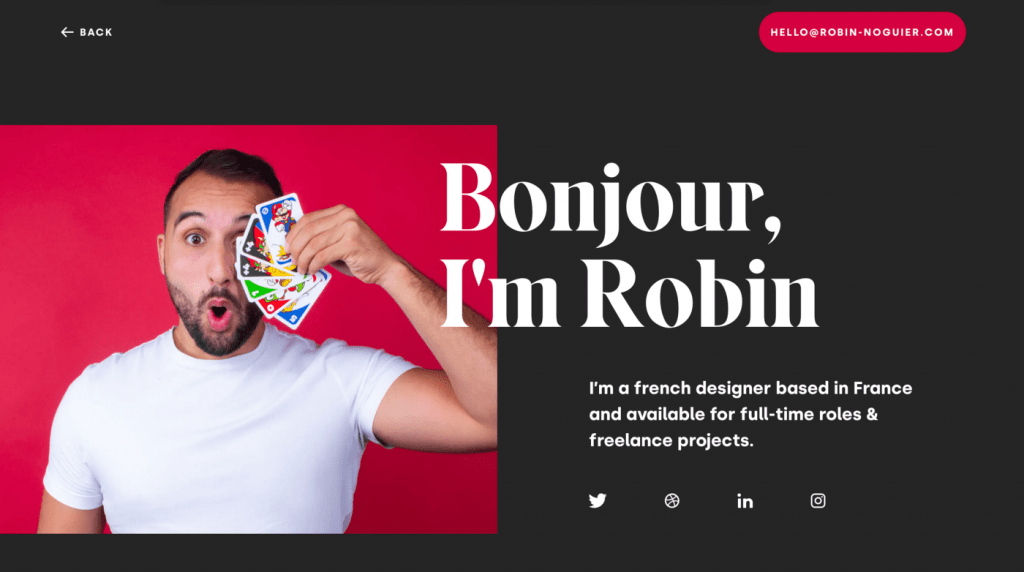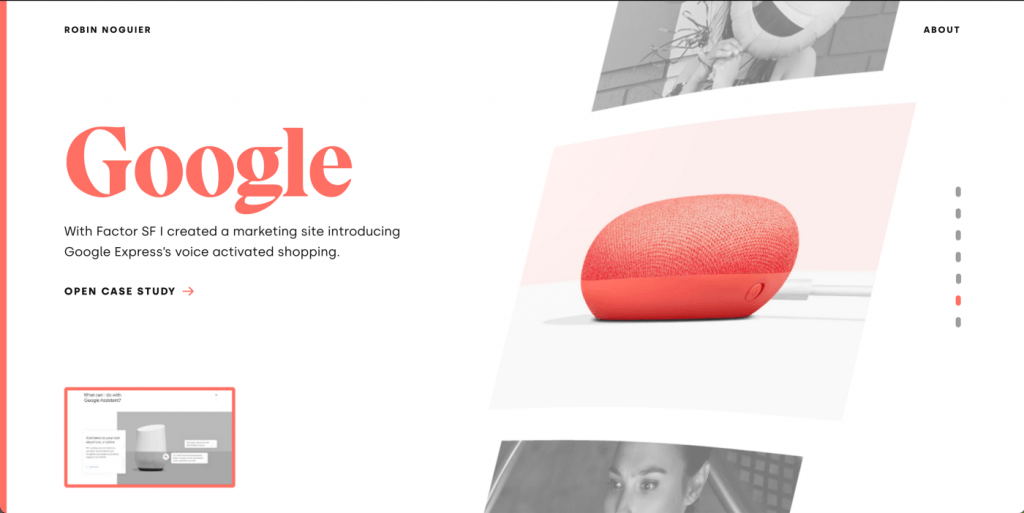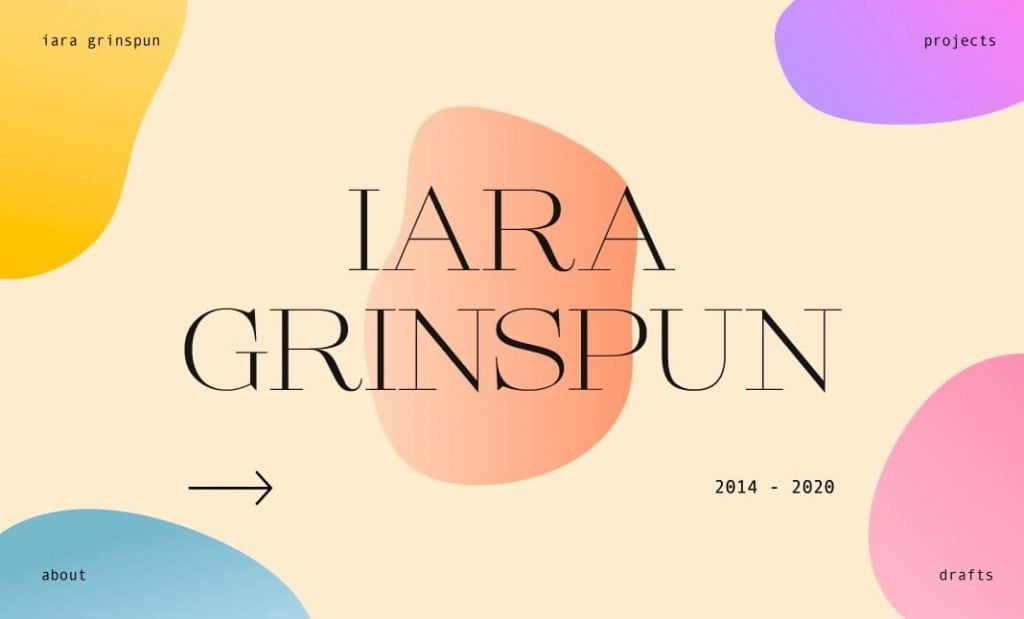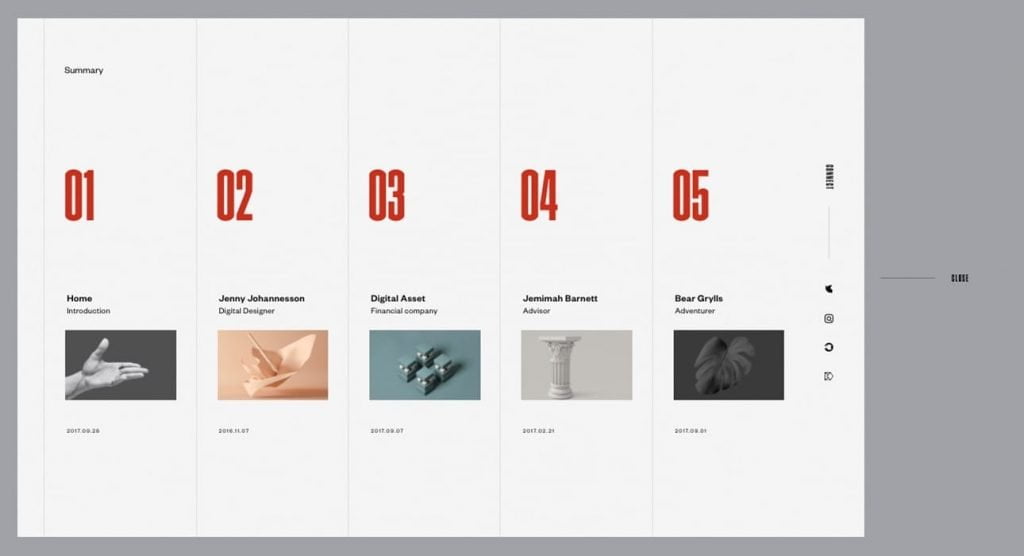A few years ago, I became a judge at several international design awards.
One time, I was asked to judge over 1,600 entries at a huge award — in the span of a week!
Judging awards is usually a voluntary, non-paid activity experienced designers do as a service to the community and a way for us to discover new inspirations.
Judges at awards are very similar to hiring managers in companies.
We both determine the outcomes of candidates or entrants.
In the award world, it is a matter of winning or losing. In the corporate world, it is a matter of hired or rejected.
Without a doubt, we have heavy responsibilities on our shoulders. As an award judge, I felt even more responsible because most contestants paid hundreds and thousands of dollars to enter.
But the reality is, I have 24 hours in a day, the same amount as anyone else in this world.
Judging awards was not my full-time job, nor would hiring be for a hiring manager.
Judging awards was not my full-time job, nor would hiring be for a hiring manager.
Soon enough, I found myself spending an average of 3 seconds looking at an entry before scoring.
It sounds irresponsible, but to meet the demand of the deadline, this is what it came down to.
In the corporate world, managers experience the same time pressure in their hiring process. Do they want to read more about your case studies? Maybe, but they simply don’t have the time when candidates are in the triple or four digits.
In this increasingly competitive hiring landscape, how can you stand out?
What makes someone want to drop everything they are doing and give your work a good look?
Design Schools Teach Students How To Design, But No One Teaches Them Marketing
Contrary to popular belief, your work doesn’t speak for itself.
Contrary to popular belief, your work doesn’t speak for itself.
The work has to be good, just like a company’s product has to be good in order for their sales team to achieve any long-term results.
Design schools, including college design programs and design bootcamps, do a decent job at teaching students how to design.
The good ones even teach career skills — they host workshops for interview prep, resume writing, portfolio critique etc.
But most of them aren’t teaching one critical skill — marketing.
I have heard from creative types that they hate marketing, again and again. To be honest, I hate it, too.
Marketing is basically getting the word about yourself or your product out there. For introverts, this is a terrifying and exhausting thought.
We just want to do the work well and hope it grows up one day — and somehow the success will come.
We just want to do the work well and hope it grows up one day — and somehow the success will come.
But the world doesn’t work like that.
I learned early in my career that if we don’t know how to market ourselves, our work won’t get the recognition it deserves.
I learned early in my career that if we don’t know how to market ourselves, our work won’t get the recognition it deserves.
Most, if not all, successful people in any field, know marketing — they just didn’t tell you that they do.
Most, if not all, successful people in any field, know marketing — they just didn’t tell you that they do.
They had to know it first to get the word out there. Then they become the boss and can afford to hire Marketing Managers.
Even if you are looking for jobs and not trying to be an entrepreneur, the same principle applies.
You have to think of a way to catch the eyes of busy hiring managers and make them stop — hopefully for more than 3 seconds.
3 Seconds Is A Long Time, If You Hit The Right Points
I know this may be a controversial statement, but even in the 3 second attention span, a lot can be presented.
Let me show you how.
Second 1: Does This Site Look Good?
Second 2: Does This Person Have The Kind of Work I’m Looking For?
Second 3: Does This Person Have An Interesting Story To Tell?
If all three answers turn out to be a yes, then your application just got passed on to the front of the queue.
Now the controversy comes — what about the actual content of your projects? What if you have great, in-depth case studies that show how wonderful of a designer you are?
That, unfortunately, comes next, once you passed the “3-second” test.
That, unfortunately, comes next, once you passed the “3-second” test.
Your wonderful case studies will only get read once the person deems it worthy of their extra few minutes.
If you disappoint them in the next few minutes with subpar work but stunning first impression, of course you will be back to the bottom of the pile.
Now let’s dive into how to make each of the critical 3 seconds count.
Step 1: Know How To Present Your Uniqueness Visually
To present yourself as someone unique, you can’t skip the first impression, which is the visual style of your site.
I know not every kind of designer is a strong visual designer, and they don’t need to be. Design is art-adjacent, but not art.
What’s the solution if visual design isn’t your thing?
Collaboration and additional learning will help. There are 2 approaches you can take here.
Approach 1 is to collaborate with or hire another designer who is strong in this area to help you with your visual design. This of course requires some networking, some luck and some budget.
Approach 2 is to learn it yourself, even if you don’t plan to focus on the visual side of design. You won’t know if you are “cut out for it” if you never tried.
You won’t know if you are “cut out for it” if you never tried.
Step 2: Purposely Curate Your Projects With Your Target Market In Mind
Whether you are working in the corporate world or freelance, you will need to pass this test — do I have projects my prospective employers or clients look for?
Don’t fret if you have no “real-world” experience doing a wide variety of projects. There are ways to compensate for the lack of that and techniques to spin it in your favor.
There are several ways you can compensate for not having years of experience in client projects.
1.Reach out to small business/startups to do a project for them
As a designer-turned-startup founder myself, I have been approached by junior designers who volunteered their time to do projects for my company.
At first, I was thinking — what’s the catch?
Then I realized they were just trying to build their portfolio and do exactly the same thing that I advised my students to do!
When you approach small companies, always let them know your intention first because not everyone is familiar with what designers need to do to build their career.
Once they know there is no “catch”, they will be more receptive to have you worked on something they might need help with.
2. Check out the websites of designers you admire. See what projects they have. Then create those projects yourself.
Companies often look for designers who have done the types of projects they do for their business. As a beginner, you need to know what types of projects are out there, and the best way to do this is to look at the portfolios of established designers.
Create a bulleted list of the types of projects you found.
For example, e-commerce design, dashboard design, mobile UI/UX design, landing page design are just a few possibilities.
As a junior designer, it is great to showcase a variety of projects you are capable of doing.
3. Curate, Focus and Tailor
As you become more specialized, you may want to ask yourself — are there particular industries I am more drawn to? If so, start to curate your portfolio projects more purposefully.
Make your portfolio extremely easy to navigate.
Make your portfolio extremely easy to navigate.
I can’t stress this enough. I have seen so many beautiful portfolios with fancy animation but very confusing navigation.
If I have to scratch my head to find the kind of projects I am looking for, I’d pass.
Step 3: Tell A Good Story And Show Your Personality
A while ago, I wrote an article about the importance of storytelling in your personal branding.
That article became very popular. I think the reason is because we don’t stress enough about storytelling when training designers.
Schools teach storytelling to writers, who indeed need to be good storytellers to succeed in their profession.
Somehow, it wasn’t taught to designers. We focus a lot on technical skills, but when it comes to relating to others, moving our audience, we are clueless.
We focus a lot on technical skills, but when it comes to relating to others, moving our audience, we are clueless.
That’s why we see so many portfolio sites with glorious achievement walls but no story behind it.
Many of them are great looking sites, but at some point, after seeing 500 of them, it gets old.
When I see a site with personality through storytelling, I stop to look at it.
Let me show you an example.
I came across the about page of designer Robin Noguier.

He created a very well-balanced mix of achievement listing, process explanation and most importantly, what kind of a person he is.
It brings a smile to my face when he said:
“Sounding smarter than I actually am in a book by Design Fund 2017”
“Playing it cool in front of 950 people at Awwwards Amsterdam 2020”
“I’m the guy who always organizes the holiday trips, and I usually send the most messages on my family’s WhatsApp group.”
“I always eat standing up because those calories don’t count.”
“Unlike the Spice Girls, I think that if you want my future, you shouldn’t forget about my past.”
What a great way to show your personality while humble bragging! It certainly takes some time to finesse the language, but if he hadn’t put in the effort, his site wouldn’t be as interesting.
People like to work with other people who they like as a person.
People like to work with other people who they like as a person.
Instead of trying hard to impress them with a laundry list of achievements in a dry, mechanical way, be yourself and add in that extra spice that you were afraid to sprinkle on your dishes because others might hate it.
Be yourself and add in that extra spice that you were afraid to sprinkle on your dishes because others might hate it.
Create Personalized Design Elements
The last secret sauce to making your personal brand unforgettable is what I called the “personalized design elements”.
What do I mean by that?
Let’s look at some examples.

This is from Robin Noguier again. He created a beautifully fluid and angular scroll navigation for this projects.
Combined with his excellent grasp of typography, color and layout, this “personalized design element” immediately stood out as the type of user experience that is delightful, easy-to-use and intriguing.

Designer Lara Grinspun created a beautiful collection of morphing shapes as her “personalized design element”. She carried this throughout the site as navigation elements. It immediately constructed a brand image for her — fun, bright and creative.

Designer Aristide Benoist created a magazine-like layout for their portfolio grid. The overall design of the site is very much in the style of fashion magazines. That itself, is the “personalized design element”.
Take A Step Back To Reassess
When you look for your next opportunities, take a step back and reassess if what you are presenting is really hitting the key points of the “3-second rule”.
The fact that most design schools and bootcamps overlook this important part of a designer’s success inspired me to create a fully-individualized program to fill the desperate need to educate the design community on marketing, presentation and storytelling.
I encourage anyone who is looking to succeed in this industry join me in making our work more captivating, more human and not be afraid to show our personalities.




